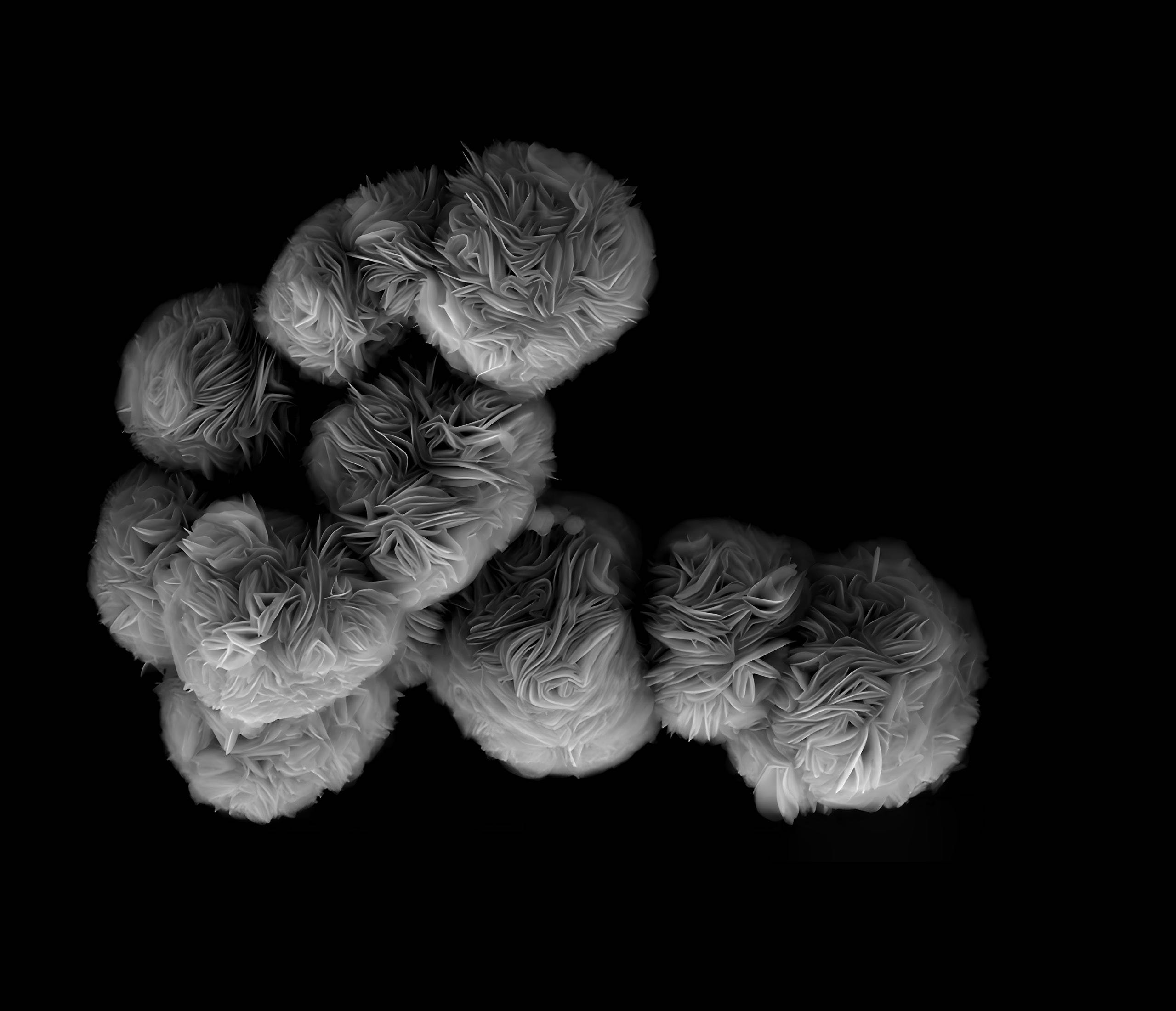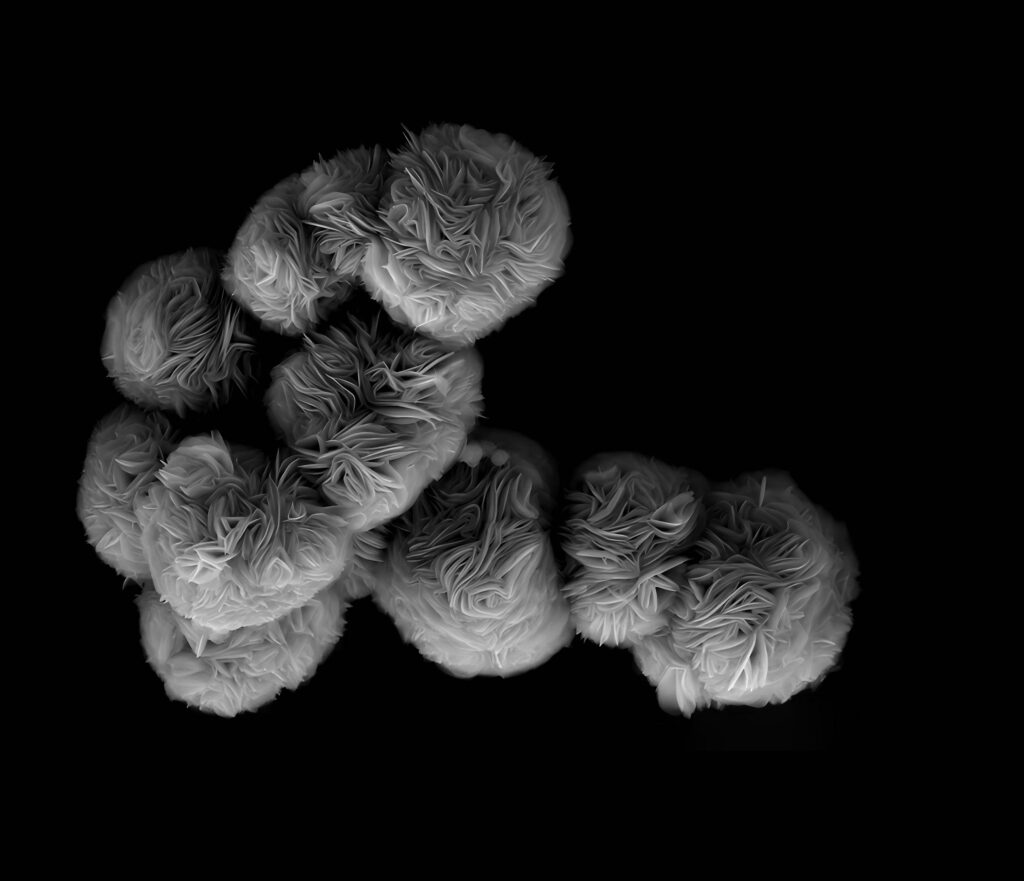Administration of the project
Direct synthesis of MXenes
By Dr. Neil Canter, Contributing Editor | TLT Tech Beat July 2023
A synthesis pathway has been developed that directly produces MXenes without the need for the intermediate MAX phase.
• Direct synthesis of a titanium-based MXene has been achieved through a high temperature reaction in a sealed ampoule.
• A second direct synthesis approach uses chemical vapor deposition to produce a nitride-based MXene at elevated temperature.
• The process appears not to be self-limiting because the titanium substrate surface was refreshed until all of the metal reacted.
Research has continued to develop and evaluate a family of nanomaterials that were initially discovered over 10 years ago and are known as MXenes. As noted in a previous TLT article,1 MXenes are transition metal-based carbides and nitrides that have the general formula Mn+1XnTx. M is an early transition metal (e.g., titanium, niobium, molybdenum and vanadium), X represents carbon, nitrogen and/or boron and T stands for a termination group such as oxygen, hydroxyl and/or fluorine.
MXenes have been of interest because of their potential use in energy storage devices such as batteries. The traditional method for the synthesis of MXenes involves the preparation of an intermediate known as a MAX phase (where M is an early transition metal, A is typically aluminum and X is carbon, nitrogen and/or boron), which is then etched with hydrofluoric acid in an aqueous medium. Most recently, a new etching method using molten salts has been introduced as an alternative to hydrofluoric acid.
Di Wang, graduate student in the department of chemistry at the University of Chicago in Chicago, Ill., says, “This traditional approach is a top-down process that faces several challenges. The use of hydrofluoric acid is very hazardous, and the potential leftover of molten salt reagents, such as cupric chloride and cadmium chloride, also produces large volumes of hazardous wastes.”
The previous TLT article1 mentioned earlier described research conducted to develop a non-aqueous synthesis pathway for the synthesis of MXenes. The researchers mixed the MAX phase with ammonium bifluoride and a polar organic solvent such as propylene carbonate. The authors of this work pointed out the non-aqueous method was needed because residual water may interfere with the performance of MXenes in batteries. This was the reason for using propylene carbonate, which is used as an electrolyte in lithium-ion batteries. Good performance was obtained when an MXene produced in this manner was used as an anode in a sodium-ion battery.
While the non-aqueous synthesis method is a safer approach, etching was still required to remove aluminum and two byproducts containing this element had to be removed in an ensuing washing step. Dmitri Talapin, the Ernest DeWitt Burton Distinguished Service professor of chemistry at the University of Chicago and a joint appointee at the Center of Nanoscale Materials at Argonne National Laboratory in Argonne, Ill., says, “MXenes are well developed nanomaterials from the material environment perspective. We became interested in working with MXenes due to their enormous potential in a number of applications and the need for a better synthesis approach from a chemistry perspective.”
A new synthesis pathway has now been developed that directly produces MXenes without the need for the intermediate MAX phase.
Spherical MXene vesicles
Talapin and his colleagues determined that a titanium-based MXene containing carbon and chlorine can be prepared by the high temperature reaction of titanium, graphite and titanium tetrachloride at 950 C in a sealed quartz ampoule that contained the starting materials. Wang says, “The process can achieve maximum yield after two hours of heating, and we have prepared multigram quantities. In contrast to the traditional MXene synthesis pathway, our process is a bottom-up approach that we believe can be further scaled up to produce commercial quantities. Titanium-based MXenes were initially produced because they are the most widely known and studied and provide excellent performance in energy storage applications such as supercapacitors than other types.”
The researchers indicated that the composition of the MXenes produced by direct synthesis could be even closer to the ideal stoichiometry than those prepared by the traditional method.
In an effort to find an even better synthesis process, the researchers decided to utilize chemical vapor deposition (CVD). Wang says, “CVD provides us with more versatility in being able to change to a different carbon source and working to produce MXenes based on transition metal nitrides.”
The researchers used CVD to produce a nitride-based titanium MXene by introducing gaseous nitrogen and titanium tetrachloride with titanium foil at 640 C. Talapin says, “This is a very interesting process because we can literally take elemental nitrogen and react it with titanium at a lower temperature. Nitrogen fixation is usually very difficult because of the inert state of the element.”
An intriguing aspect of this reaction is that the process appears not to be self-limiting. Talapin says, “We expected that once a dense MXene carpet formed at the titanium surface, the diffusion of the gaseous reactants to the reactive titanium surface would slow dramatically, and the reaction stops. Instead, the researchers observed the formation of ‘bulges’ that eventually transformed into spherical MXene vesicles and refreshed the surfaces of substrates. Eventually, the CVD reaction produced ‘flower-like’ morphologies (see Figure 3) that formed until all of the titanium reacted.”

The CVD produced titanium MXene was evaluated as an electrode in a lithium coin cell. Various analytical techniques demonstrated that this MXene exhibits capacitive-like charge storage properties.
Future work will entail synthesizing more MXenes using CVD to expand the knowledge base on these nanomaterials. Talapin says, “One objective we have is to produce hybrid organic-inorganic MXenes. Our expectation is that a new platform could be established that places organic compounds on the surface of MXenes.”
Additional information can be found in a recent article2 or by contacting Talapin at [email protected].
REFERENCES
1. Canter, N. (2020), “New approach for producing MXenes,” TLT, 76 (7), pp. 16-17. Available here.
2. Wang, D., Zhou, C., Filatov, A., Cho, W., Lagunas, F., Wang, M., Vaikuntanathan, S., Liu, C., Klie, R. and Talapin, D. (2023), “Direct synthesis and chemical vapor deposition of 2D carbide and nitride MXenes,” Science, 379 (6638), pp. 1242-1247.
Neil Canter heads his own consulting company, Chemical Solutions, in Willow Grove, Pa. Ideas for Tech Beat can be submitted to him at [email protected].



Be the first to comment